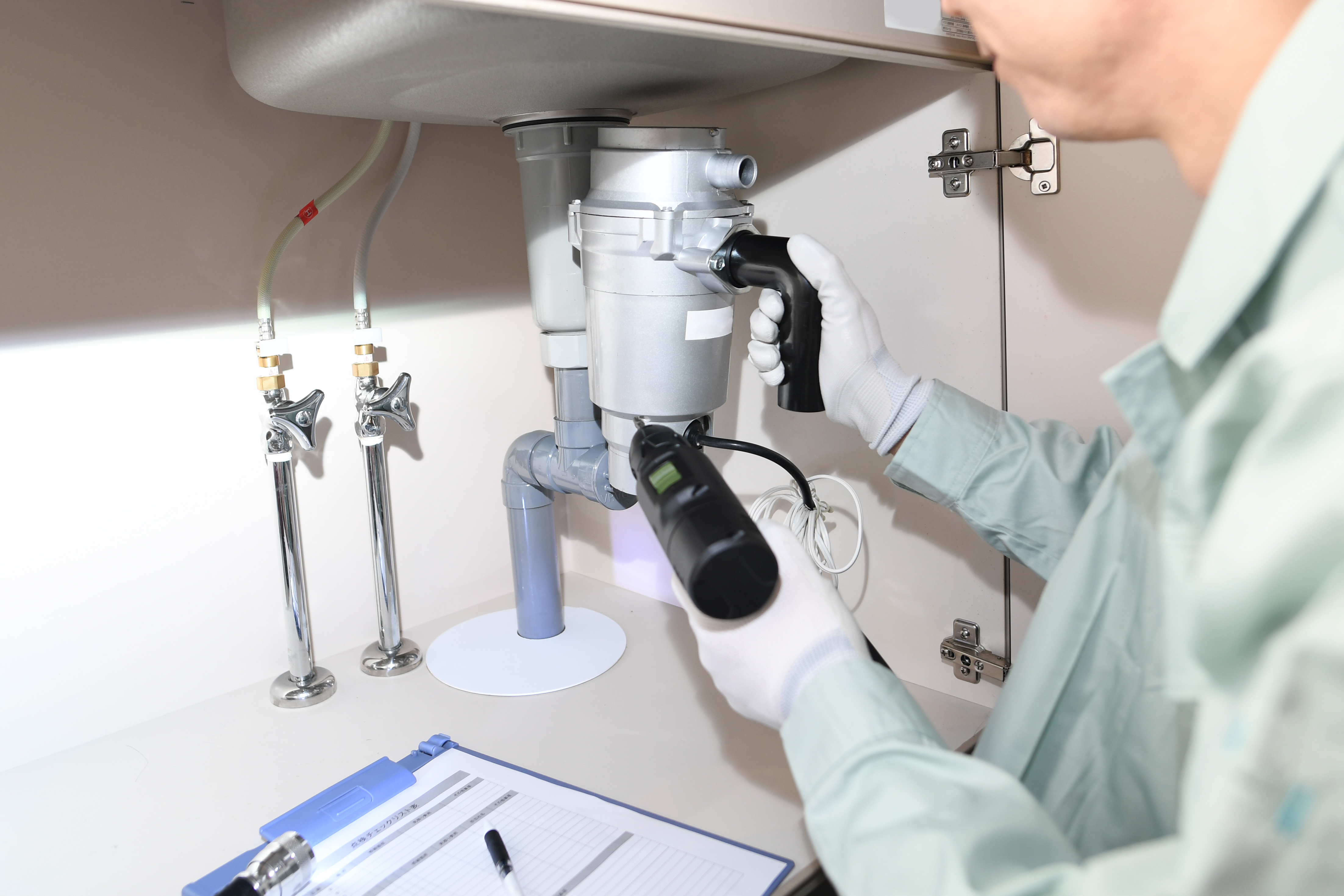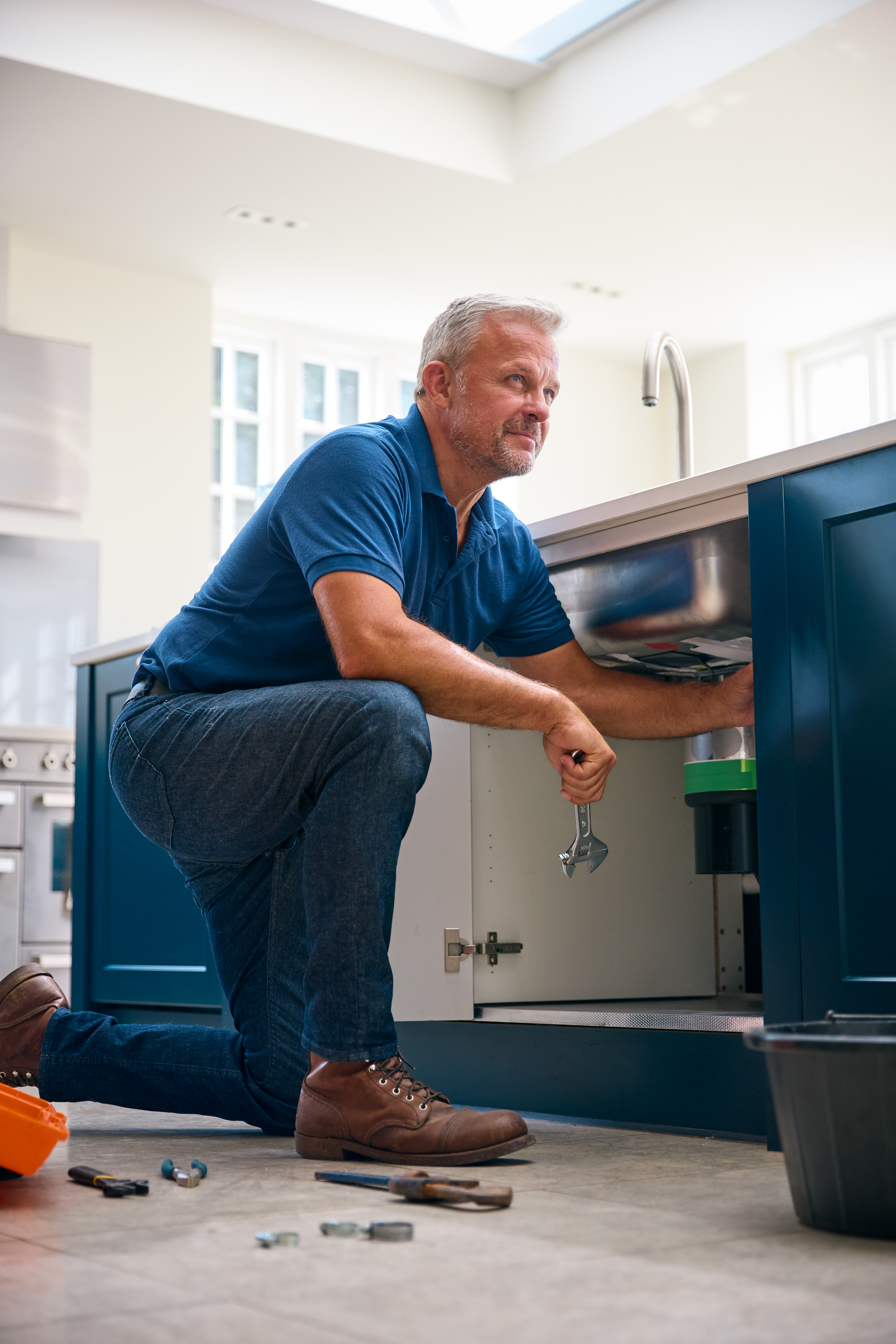A Comprehensive Guide to Garbage Disposal Installation and Care
Most kitchen issues start with a faulty garbage disposal. When installation or care slips, leaks and clogs quickly follow. That’s why getting it right from the start matters—and why Daniel Plumbing and Maintenance stands out in the Antelope and Santa Clarita Valleys. In this guide, you’ll find clear steps to install and maintain your garbage disposal with confidence. Contact Daniel Plumbing and Maintenance today for expert garbage disposal installation and maintenance services!
Proper Installation Techniques

When it comes to ensuring your garbage disposal works perfectly, proper installation is key. It involves using the right tools and following the correct steps to avoid future issues.
Choosing the Right Tools
Selecting the correct tools is the first step in setting up your garbage disposal effectively. You’ll need a screwdriver, wrench, plumber’s putty, and a bucket. These tools help you manage the installation smoothly. With a screwdriver, you can secure the unit; a wrench helps tighten connections, and plumber’s putty ensures no leaks. A bucket catches any water that might spill during the process.
Using the right tools not only makes the job easier but also prevents damage to both the disposal and your sink. This step ensures the unit fits securely, avoiding common issues later. Remember, starting with the right tools saves you time and trouble.
Step-by-Step Installation Guide
Installing your garbage disposal might seem daunting, but breaking it down into simple steps makes it manageable. Here’s how you can do it.
-
Prepare the area: Turn off the power to your disposal at the breaker box to ensure safety. Remove the drain lines and clear the space under your sink.
-
Attach the disposal: Connect the disposal unit to the mounting ring. Use plumber’s putty around the flange to prevent leaks.
-
Connect the plumbing: Attach the discharge pipe and ensure it aligns with your plumbing.
-
Power up: Restore the power and test the unit. Run water to check for leaks and ensure everything is tight.
Following these steps helps you install your garbage disposal like a pro. Taking it one step at a time simplifies the process and makes it easy to handle.
Common Installation Mistakes
Even with the best intentions, mistakes can happen during installation. Knowing what to avoid helps you get it right the first time.
A common mistake is skipping the plumber’s putty, leading to leaks. Always apply it generously to the flange. Not aligning the disposal with the sink drain can cause misfits and leaks. Ensure every part is snugly fit to prevent this. Additionally, not tightening connections can cause water to seep. Always double-check each connection for security.
By avoiding these pitfalls, you can ensure a successful installation. These insights help you achieve a setup that won’t give you trouble down the line.
Essential Care Practices

Once installed, caring for your garbage disposal is vital for its longevity. Simple practices can prevent major issues, saving you from headaches down the road.
Regular Cleaning Tips
Keeping your disposal clean extends its life and keeps it running smoothly. Cleaning can be simple and quick.
Run cold water while using the disposal. This hardens food waste, allowing it to chop better. Use a mixture of water and baking soda to clean the unit. Pour the solution down the drain, let it sit, then rinse. This eliminates odors and cleans the blades.
Cleaning your disposal regularly helps maintain its efficiency. With these easy tips, you can avoid unpleasant smells and buildup.
Preventing Clogs and Leaks
Clogs and leaks are common problems but can be easily prevented with a bit of care. Avoid putting fibrous or starchy foods down the disposal. These can tangle or expand, causing blockages. Instead, compost these items. Run the disposal frequently to prevent rust and buildup.
By being mindful of what goes into your disposal, you can avoid common issues. These habits help maintain a clog-free and leak-free unit.
Signs Your Disposal Needs Repair
Recognizing early signs of trouble can save you from bigger repairs. Watch out for unusual noises, constant clogging, or persistent odors. These indicate your disposal might need attention.
If your unit frequently jams or drains slowly, it could be a sign of mechanical issues. A burnt smell or visible leaks are also red flags. Addressing these signs promptly can prevent costly repairs.
Understanding these signs helps you act quickly, ensuring your disposal stays in top shape. Regular checks and maintenance pay off by keeping your disposal running smoothly.
In summary, proper installation and regular care are key to a well-functioning garbage disposal. By following these steps, you can enjoy a hassle-free kitchen experience. While there’s no need for a complicated process, these simple actions make a significant difference in the longevity and effectiveness of your disposal.